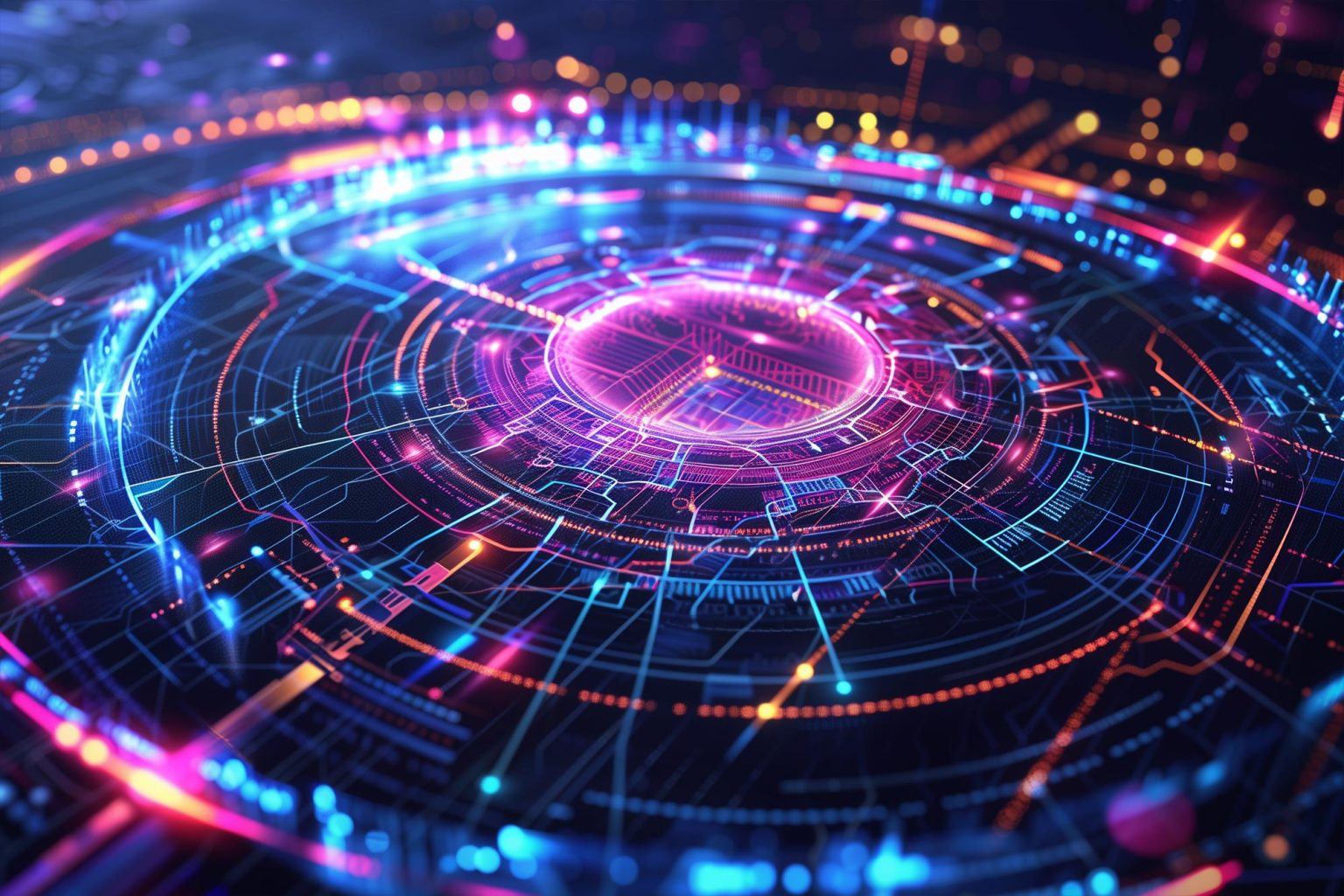"Using a mathematical concept, researchers are improving how light particles interact in special circuits, which could make quantum technology systems more reliable and open up new possibilities for innovation. Credit: SciTechDaily.com" (ScitechDaily, Twisting Light Unlocks New Quantum Realms)
One of the limits of tomorrow's quantum internet is that the system cannot make superposition and entanglement over long distances. Another thing is that the system requires lots of energy. Things like atom chains are tools. That can cover information that travels in the quantum tubes. In long-distance quantum communication, the quantum systems can share information into the different radio frequencies.
And in those systems, each radio frequency means the qubit's states. That system allows to create the new and powerful communication tools. The virtual qubit can involve as an example 100 radio frequencies. Then each frequency is the individual state of the qubit.
"The device uses a simple electric diode to manipulate qubits inside a commercial silicon wafer. Credit: Second Bay Studios/Harvard SEAS" (ScitechDaily, Silicon Magic: Powering the Quantum Internet of the Future)
The infrared systems can form the quantum pillars, that transport information into the quantum wires. In some other models, the IR laser pumps energy into the particles like protons. And then it forms a quantum disk around them. The system creates the disk and if it can create twisted light the loop in the light waves can help to transmit information between those disks and the light waves.
The lightwave acts like a wire that receives and delivers information. This is one way to transport information to the electrons. And those electrons are one way to make long-distance quantum data transportation in the form of qubits. If we think of the models where the system stores data in the photons, that are anchored between electrons. And in some other models, the system puts information into the neutral atom's electrons. Then it turns electron shells opposite to each other. And then makes a superposition between those electrons.
"When irradiated with infrared light, certain molecules like metal phthalocyanines vibrate and generate tiny, localized magnetic fields. Researchers have calculated these effects and aim to experimentally prove and manipulate these fields for potential applications in quantum computing. Credit: SciTechDaily.com" (ScitechDaily, Physicists Uncover New Path to Quantum Computing: Infrared Illumination)
The twisted light unlocks new paths to quantum communication. The twisted light can form the knots around atoms that are close enough each other. There is the possibility that if atoms in the structures are in the form of the Bose-Einstein condensate those atoms can be put into the line, there the twisted light can travel in the quantum fields that unite atoms under one entirety.
In those complex quantum wires, the system benefits electron orbitals and their quantum fields. The system unites most of the quantum fields into one entirety. And that layer protects information that travels in denser quantum fields.
https://scitechdaily.com/physicists-uncover-new-path-to-quantum-computing-infrared-illumination/
https://scitechdaily.com/silicon-magic-powering-the-quantum-internet-of-the-future/
https://scitechdaily.com/twisting-light-unlocks-new-quantum-realms/







No comments:
Post a Comment
Note: Only a member of this blog may post a comment.